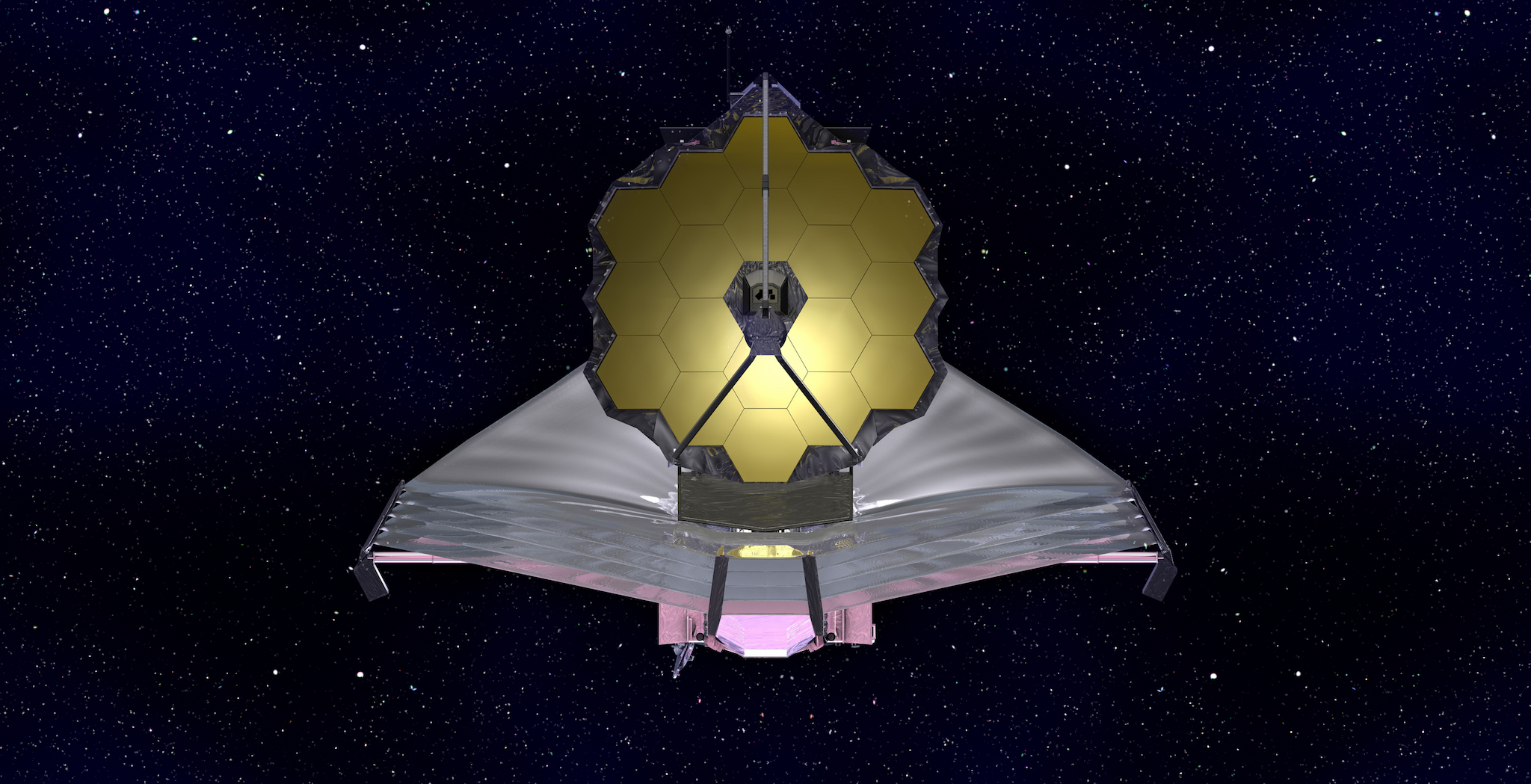A New Era in Space Telescopes
If you want an idea of the sensitivity of the James Webb Space Telescope (JWST), consider this claim by senior project scientist and Nobel laureate John Mather. In a film produced by Northrop Grumman, one of the firms helping prepare the JWST for its mission, Mather asserts that the huge telescope is so powerful it could probably detect a bumblebee on the Moon.
"You have to take a time exposure to get something that sensitive; the bumblebee shouldn't move," Mather said. "The bumblebee has to hold still, but of course the most distant Universe looks as though it is standing still."
The JWST is considered the successor to Hubble, but it won't merely be replacing the veteran space telescope — the JWST will also improve upon it in almost all respects. Its 18 hexagonal mirror segments give the JWST a view 100 times larger than Hubble's, and the JWST is capable of viewing space through the detection of infrared light far fainter than any other telescope can detect.
Prepared for Anything
Indeed, such a powerful telescope could open up the universe to exploration like never before, but first, we need to make sure it'll work as expected.
To ensure that the JWST is ready for its mission — and that it won't have the "Hubble problem" — engineers have locked the telescope in a special chamber at NASA's Johnson Space Center in Houston. The conditions inside the massive chamber will imitate those of space, specifically the conditions the JWST will encounter soon after launching.
"The operational temperature on orbit is about 30 kelvins — 30 degrees above absolute zero; but we're going to test JWST to slightly lower," NASA engineer Juli Lander told BBC News. "We're going to see if we can push on the hardware and the instruments a bit to give us a little margin on orbit."
As soon as testing in Houston finishes, the JWST is set to move to California to be housed in a satellite factory under Northrop Grumman. There, it will be attached to two final components: a sunshield and the spacecraft it will ride into orbit. After that, more than two decades of development will pay off and the telescope will finally be ready to launch in October 2018.
Share This Article
